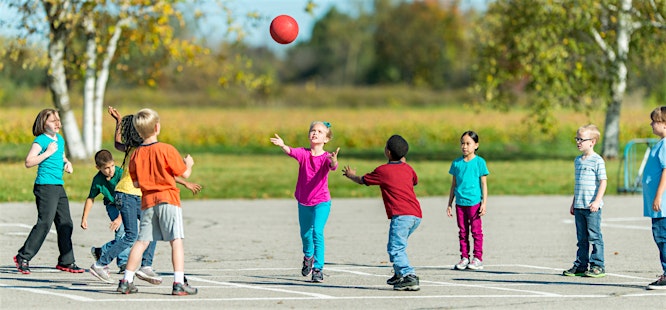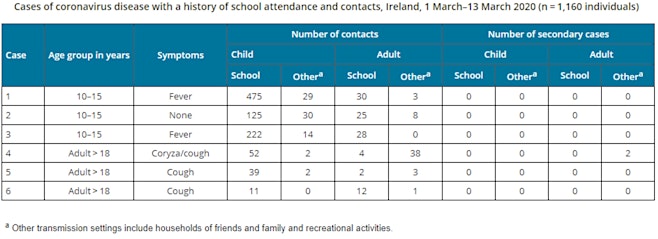
4 COVID-19 Questions: What should we do about children and schools?
Nov 02, 2020 | COVID-19 | Share:
Thinking about COVID-19? We are too.
Ever since the onset of the COVID-19 pandemic, every sector of our lives has been upended by changes brought about by this new virus. And in spite of extensive media coverage, it can be challenging to keep up with all of the questions brought about from living life in a global pandemic.
We want to bring some clarity to the confusion by discussing four questions you’re probably asking about COVID-19. To find out the answers to other questions about COVID-19, read the other posts in our series.
What should we do about children and schools?
Depending on your source, you’re probably confused about how COVID-19 affects children and how this relates to their return to school. With some schools operating virtually, some operating traditionally, and some operating with a combination of the two, there doesn’t appear to be a consensus about what is safe for children.
What the data says about children and schools
Despite what the media is reporting, we do have a lot of data on how COVID-19 relates to children and, more specifically, how this relates to the reopening of schools or daycares. Unlike the US, many European and Asian countries never shut down schools or early childhood education centers. This is a benefit to us in the United States since we can use their experience and data to predict and inform our decisions for our children.
The data so far from these countries shows several important findings1:
- Children under the age of 10 appear to be less likely to become infected than adults. In general, children appear to get infected at half the rate that adults get infected.
- All children have less severe symptoms and healthy children almost never have severe symptoms or poor outcomes. In fact, children are 3-4 times more likely to have a severe outcome from the seasonal flu than COVID-19.
- Children appear to be much less likely to transmit the virus, especially elementary-age children.
- In the under 10 age group, almost no evidence of transmission from a child to adult exists in all of the contact tracings throughout the world.
- In the 10 to 15-year-old age group, evidence of some transmission exists. The most likely source of transmission in school systems is adult teachers, not other students.
- A study was conducted in Ireland within a school that had 6 positive cases (3 staff members and 3 students). The result among over 1000 contacts was that only 2 additional cases occurred. Both cases were transmitted from adults to adults outside of the school.

- Children are more likely to be infected at home than in a school setting.
- It does appear that high school-age children are just as likely to contract and spread the virus as their adult counterparts.
- Social distancing measures and masks should be less strict for children under age 12 because of their lower ability to transmit the virus, the importance of the development of proper communication, and the possible psychological harm of isolation.
How should we make decisions about schools?
These findings suggest that children’s health concerns should not drive the decision-making about the pursuit of in-person schooling. Especially for elementary age children, the risk of contracting COVID-19 at school is the same or higher by staying home and pursuing virtual learning.
What now?
COVID-19 is a new virus. It’s normal to feel confused, especially when the messaging is often conflicting and biased. At MedHelp, we’re here for you when you have questions about your health. Established patients are always welcome to contact their physician with any questions they may have and receive an answer in about 24 hours.
We offer safe and convenient curbside testing for COVID-19 at each of our five locations. A telehealth screening is required before testing.
References:
1Munro APS, Faust SN. Children are not COVID-19 super spreaders: time to go back to school. Arch Dis Child 2020;105:618–9
At MedHelp, it is our intent to provide valuable information and guidance for our patients. Covid-19 is rapidly evolving, and articles posted more than two months ago may not reflect the most up-to-date information about this illness. Please check our most recent articles for more current information.